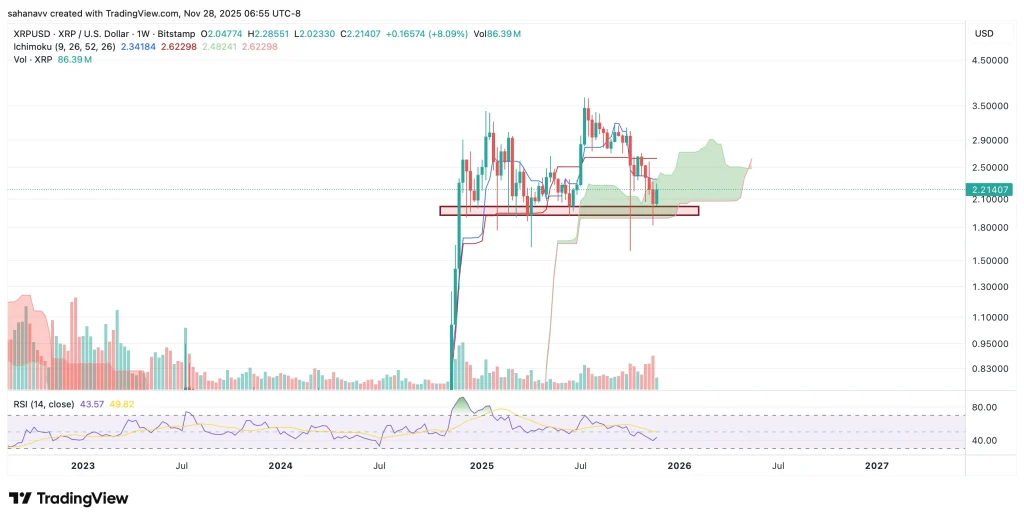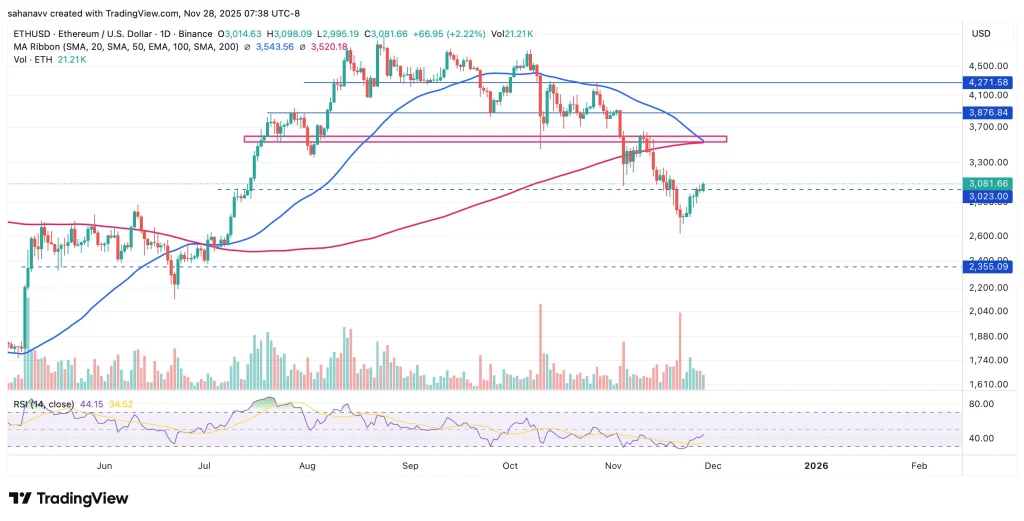NVIDIA’s Earnings Highlight the Cost of the China-US Tech Standoff
- NVIDIA’s Q2 revenue hit $46.7B, exceeding estimates but showing slower growth amid AI market stabilization. - Data center revenue ($41.1B) fell slightly short of forecasts, while gaming revenue ($4.3B) outperformed expectations. - U.S.-China trade tensions reduced China-related revenue and imposed a 15% U.S. government revenue-sharing agreement. - Gross margins are projected to decline to 72.1% in Q2, with further dips expected due to the new revenue-sharing terms. - Despite challenges, NVIDIA announced
NVIDIA reported second-quarter revenue of $46.7 billion, exceeding the estimated $46.23 billion, driven by robust demand across its data center and gaming segments. The company’s results reflect a moderated growth trajectory following the sharp expansion seen at the onset of the AI-driven boom. Analysts had expected a 53.2% year-on-year increase in revenue, and NVIDIA’s performance largely aligns with these forecasts. This growth, however, is a significant slowdown from the triple-digit increases previously recorded by the company [3].
The data center segment, NVIDIA’s largest revenue contributor, generated $41.1 billion in the second quarter, slightly below the $41.2 billion expected by analysts. This segment has been a key driver of the company’s success as major tech firms, including Meta and Microsoft , continue to expand their AI infrastructure. However, revenue from China, particularly from the H20 chips, was excluded from this figure due to regulatory constraints. Analysts had initially anticipated a $8 billion impact from U.S. export restrictions in the July quarter, which were later modified to include a 15% revenue-sharing agreement with the federal government [1].
The company’s gaming segment also outperformed expectations, contributing $4.3 billion to the second-quarter revenue. This result underscores continued demand for NVIDIA’s gaming-related products despite broader macroeconomic headwinds. The overall revenue growth, while positive, indicates a cooling in the pace of expansion compared to earlier in the year. Analysts attribute this to the broader stabilization of the AI market and the ongoing uncertainties surrounding the U.S.-China trade dynamics [3].
NVIDIA’s financial results also highlight the potential challenges it faces in maintaining profitability due to its China operations. The 15% revenue-sharing arrangement with the U.S. government is expected to weigh on gross margins, with Bernstein analysts estimating a one-point reduction in overall margins. For the second quarter, the company’s adjusted gross margin is projected to decline by nearly 4 percentage points to 72.1%. Looking ahead, the October quarter is expected to see a further marginal decline in gross margins to 73.2% [1].
Despite these challenges, NVIDIA’s stock remains a strong performer, having gained more than a third in 2025. The company also announced an additional $60 billion in stock buybacks, signaling confidence in its long-term financial health. Analysts expect the company to guide to $54 billion in third-quarter revenue, with estimates suggesting that a portion of this growth could come from China, albeit under the terms of the new U.S. arrangement [3].
The geopolitical landscape continues to influence NVIDIA’s business strategy, with the Trump administration playing a pivotal role in shaping the company’s access to the Chinese market. While the administration revoked its initial ban on the sale of NVIDIA’s chips to China, it imposed a 15% revenue-sharing agreement. This development has created uncertainty among investors, who are now closely watching how this arrangement will impact the company’s long-term growth and profitability [1].
Source:

Disclaimer: The content of this article solely reflects the author's opinion and does not represent the platform in any capacity. This article is not intended to serve as a reference for making investment decisions.
You may also like
HYPE Price Prediction December 2025: Can Hyperliquid Absorb Its Largest Supply Shock?

XRP Price Stuck Below Key Resistance, While Hidden Bullish Structure Hints at a Move To $3

Bitcoin Price Prediction: Recovery Targets $92K–$101K as Market Stabilizes
Ethereum’s Layer‑2 Surge Signals Next ETH Price Rally—But a Key Hurdle Remains
